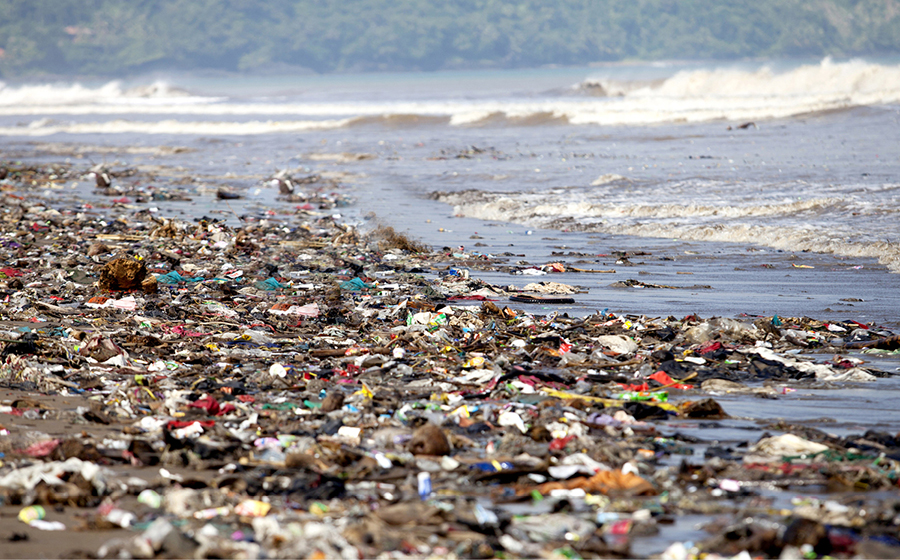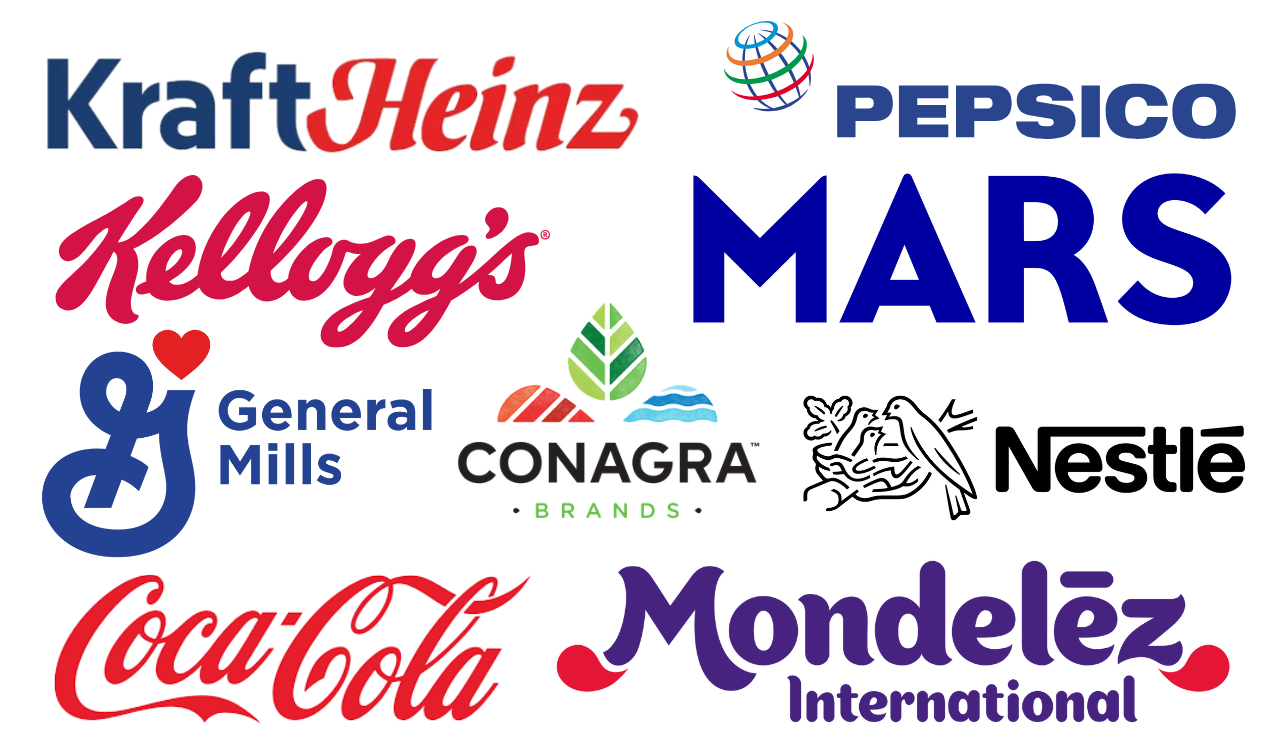I think the time is right to declare a national emergency.
This isn\’t about some perceived or imagined threat at the Southern border, North of the 38th parallel or in the deep, dark recesses of the Kremlin. But it is a crisis of global proportions-the escalating amount of waste generated by food and packaging that\’s clogging oceans and landfills that are barely able to contain it.
For decades, the solid waste issue was the purview of environmental guerrillas, roving bands of treehuggers or anyone running for office in a deep blue state. These days, a broader group of activists are stepping up to the plate – whether it\’s paper or plastic.
Retailers, manufacturers, distributors and everyone involved in the farm-to-fork supply chain are focusing on waste reduction not only as a good-for-business green initiative but also for economic incentives. Waste is expensive!
Some headway is being made thanks to public awareness and innovative new technology in recyclable and reusable containers. But we are only touching the tip of the iceberg since an estimated 30 to 40 percent of the food produced in the U.S. is thrown away every year.
Industry Activism
One of the most extensive reports, albeit four years old, was compiled by BSR, a global non-profit organization for the Food Waste Reduction Alliance, a collaborative group consisting of the Food Marketing Institute, the Grocery Manufacturers of America and the National Restaurant Association.
A percentage of so-called waste isn\’t really wasted. Some is donated, rendered into biofuels, composted, turned into animal feed or in the case of packaging, repurposed for road construction and building materials.
Manufacturing respondents reported donating or recycling 94.9 percent of food waste; of this, more than 85 percent is repurposed for animal feed. Retail and wholesale respondents reported donating or recycling 42.4 percent of food waste with composting and donation the most common diversion methods. Restaurant respondents reported donating or recycling 15.7 percent of food waste. Of this, more than 70 percent is cooking oil recycling.
This points to significant progress. But there\’s certainly room for improvement. Additionally, the survey does not include waste by consumers, nor does it include waste created by packaging which is a more urgent problem. More of that is being recycled and repurposed than in previous decades. But it remains a huge ecological issue and a political hot button in places like California where virtually every county and township has its own set of rules governing solid waste.
However, there are multiple other barriers facing food donations including transportation, storage and refrigeration costs along with regulatory constraints and liability concerns-despite widespread \”good Samaritan\” laws designed to shield donating companies from those liabilities.
Consumer Guilt
But food waste is more of a humanitarian issue than an environmental one. We feel badly after throwing that half-eaten sandwich in the garbage or tossing out the vegetables the kids don\’t eat. I always hear my mother\’s admonishing tone when she said: \”There are people starving in China who would be glad to have that.\” My, how times have changed.
The real problem impacting both manufacturers and retailers, is waste reduction related to packaging materials which has become a social and political hot potato.
Allow me to throw out a couple of statistics to legitimize the issue. Over 262 million tons of municipal solid waste are generated annually in the U.S., of which 78 million tons is attributable to containers and packaging, according to the Environmental Protection Agency. You can probably add a few million tons to these figures since an increasingly politicized EPA hasn\’t updated them since 2015.
Of the total municipal solid waste, approximately 68 million tons were recycled and an additional 23 million tons were composted. Another 33 million tons went to energy recovery and 137 million tons ended up in landfills.
One of the materials often singled out for vilification has been PET, polyethylene terephtalate, commonly used in food and beverage container. However, much of that is recycled for clothing and carpet fibers as well as nonfood containers like shampoo bottles.
Environmental Impact
Frankly, there\’s enough environmental blame to go around. A recent study by Ameripen, an industry group devoted to issues related to packaging and the environment, says that food like beef and cucumbers have a far greater impact on the environment-specifically greenhouses gases-than the packaging in which it\’s transported, stored and sold.
I don\’t believe that eliminating waste entirely is possible. The question is how to reduce it to manageable levels. There is little clarity on from any quarter and no national dialogue on the subject. It\’s just not sexy enough for cable news and the blogosphere.
The poster child for governmental dysfunctionality-as it has been on other issues-is California with everyone from the state legislature to counties, municipalities and freight haulers issuing their own-and often contradictory-waste reduction regulations. The result is a frustrated bunch of retailers who want to do the right thing and steer clear of fines but don\’t know which set of rules to follow.
For example, in Sacramento, Waste Management said it would no longer take #5 plastic or polypropylene, the material used in everything from yogurt containers to medicine bottles and coffee lids. Other cities have already banned this material and more are joining all the time. We used to send it all to China but even they don\’t want it anymore.
Strength in Numbers
However, all segments of industry are starting to band together to solve waste reduction. Companies like Pepsico, H&M, Unilever, Coca Cola, SC Johnson and Danone have been brought together by the Ellen MacArthur Foundation and are teaming up with governments to reduce waste in the oceans under what the organization\’s circular economy model. In other words, getting everyone in the supply chain-including consumers-involved in balancing the flow of renewable resources.
Companies are committing resources to boosting use of reusable or renewable plastic and, reportedly to make everything recyclable by 2025. At the same time, governments are signing on to put policies in place that encourage recycling and to help build the infrastructure needed to do it.
One of the most innovative programs out there right now has been developed by a number of corporate giants like Unilever, Procter & Gamble in conjunction with Terracycle which recycles hard-to-recycle materials. Together they developed a zero-waste platform called Loop, which sends products with reusable containers, ordered through Loop\’s online site, to consumers via reusable totes.
Zeroing Waste?
Loop is making it as convenient as possible for consumers who don\’t even have to clean out the containers before tossing them in the bin for the return trip to Loop and then to the manufacturer for refilling. This is a noble idea and may have legs. Time will tell.
However, I see several problems with the model, as I understand it. Will this impact the cost of these products and will consumers have to pay UPS shipping costs or take it to a UPS store? What happens if the reused containers are not cleaned well enough and people get sick? And how does private label fit into the mix? Do retailers have to take the ultimate responsibility for the package and its reuse?
Personally, I blame the Industrial Revolution for our 21st. century waste woes. However, we\’re never going back to an agrarian mentality. The real problem is that we are a convenience-oriented society addicted to, disposables Nothing changes if the mindset remains the same.




